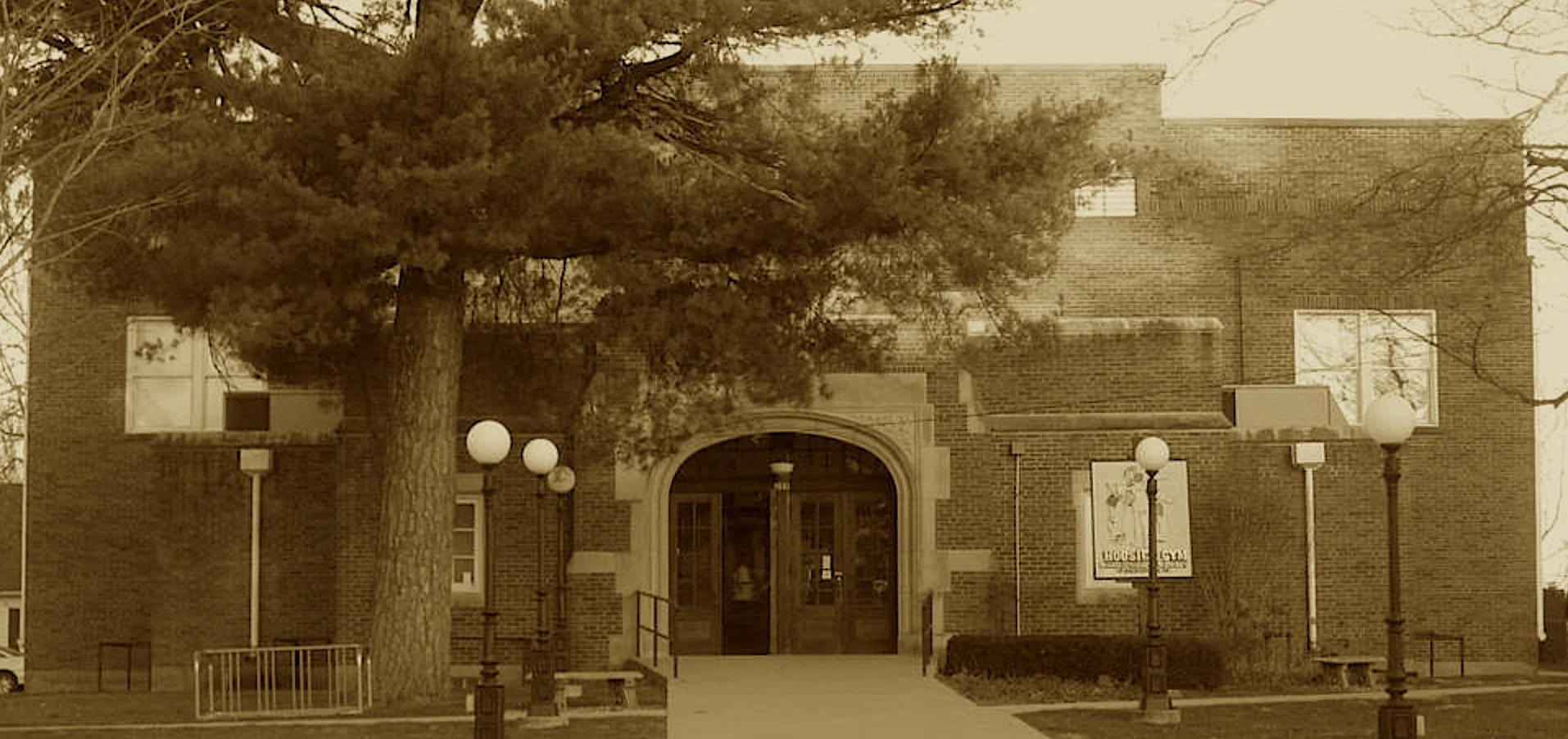
Indiana Scavenger Hunt
In the heart of America, where cornfields meet calculation, where basketballs bounce on barn floors and rockets rise from steel rails, lies Indiana—a state stitched together with industrious threads and quiet revolutions. The Hoosier State may not clamor for the spotlight, but its presence on the national stage is undeniable, from the fur traders on the Wabash to the stars of the Indy 500.
Here, canal diggers once imagined a watery empire. Flatboats floated westward dreams. Farmers built barns with blueprints from Sears catalogs, while steel magnates and diesel engineers brought modernism to factory and form. Indiana birthed early jazzmen and moonshiners, automobile moguls and architects whose skylines reshaped the world. Cities like Indianapolis, South Bend, and Evansville thrummed with the clamor of invention—and just outside their edges, fields remained eternal, their rhythms unchanged since Native tribes first cleared the woods for maize.
This is a state of elegant contradictions: a state with more covered bridges than counties, and with more mid-century modern landmarks than many coastal capitals. Where teenagers once smuggled kisses under the stars at the drive-in and WWII lookouts scanned the horizon from steel towers built by Roosevelt’s Tree Army. In Indiana, a roadside diner can hold just as much pride as a war memorial. Here, history whispers from limestone courthouses and shouts from racetracks.
So come trace the trails—wooden, stone, and digital—that reveal the stories of Hoosiers who dreamed wide and built solid. Indiana isn’t flashy, but she endures. And if you listen closely, she just might surprise you.
The photos and stories collected here are a fast and fun way to learn the explanations behind the quirks, the traditions and the secrets that make Indiana uniquely Indiana. What Hoosier building was a 19th century disruptor to America’s textile industry? Solved. Where was America’s first municipal sports stadium built? A mystery no more. What as the first “union” railroad station in America? Identified. What was the first northern town captured by rebels in the Civil War? Revealed. What cause storied Tomlinson Hall to burn in 1958? No one knows.

This pastel pink palace once wowed the fair, With balconies built like a boat in the air. Now docked on a lakeside where breezes can play, Its future-built dreams come alive one fall day. A Floridian fantasy, modern and grand— Which Century house still anchors the sand?
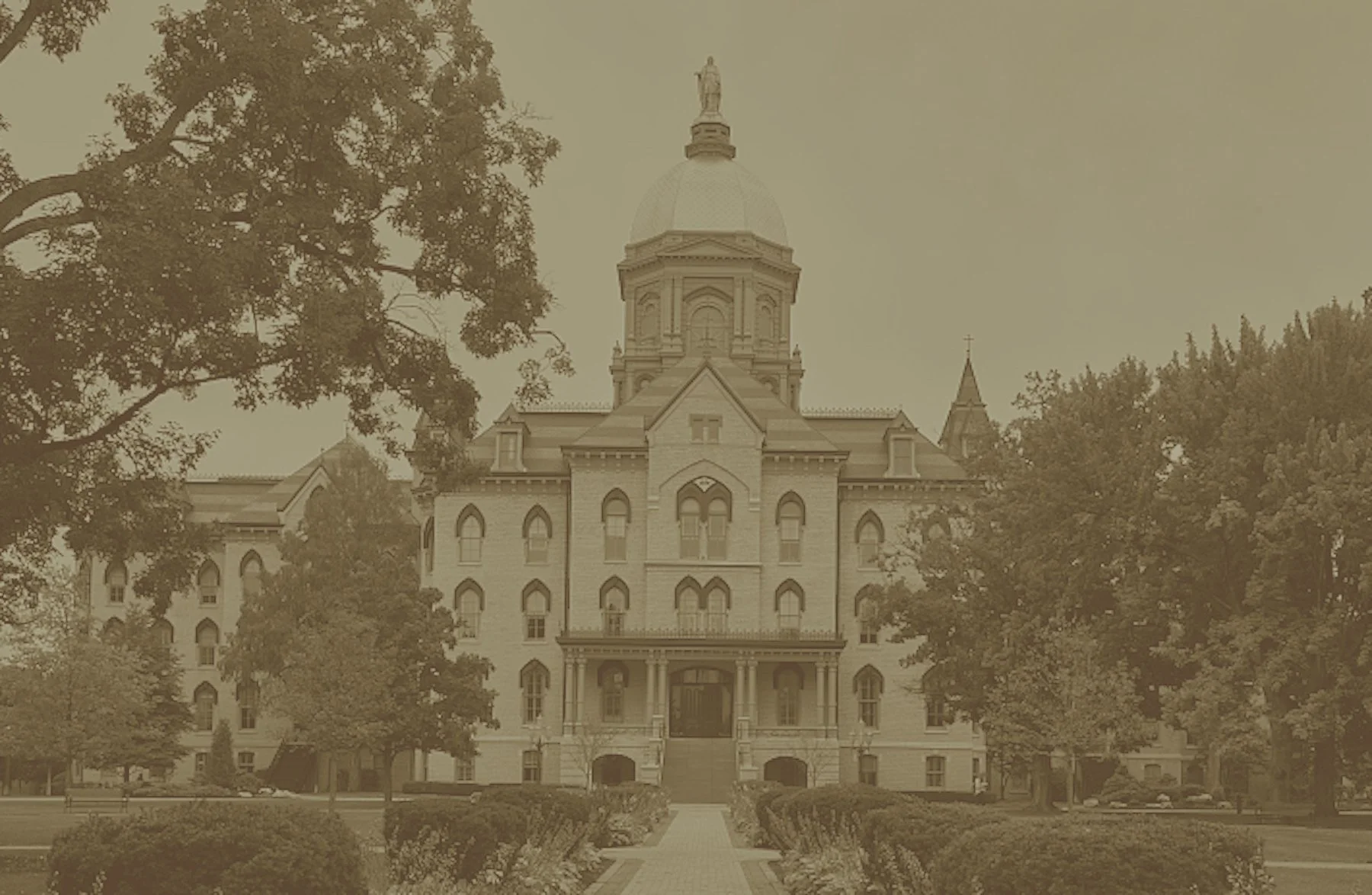
A blaze once consumed all the learning inside, But faith—and a million—restored it with pride. A dome touched with gold and a Virgin so tall, That pilgrims and students still gaze from the mall. Each leaf has been burnished by centuries passed— A halo of hope that was gilded to last.
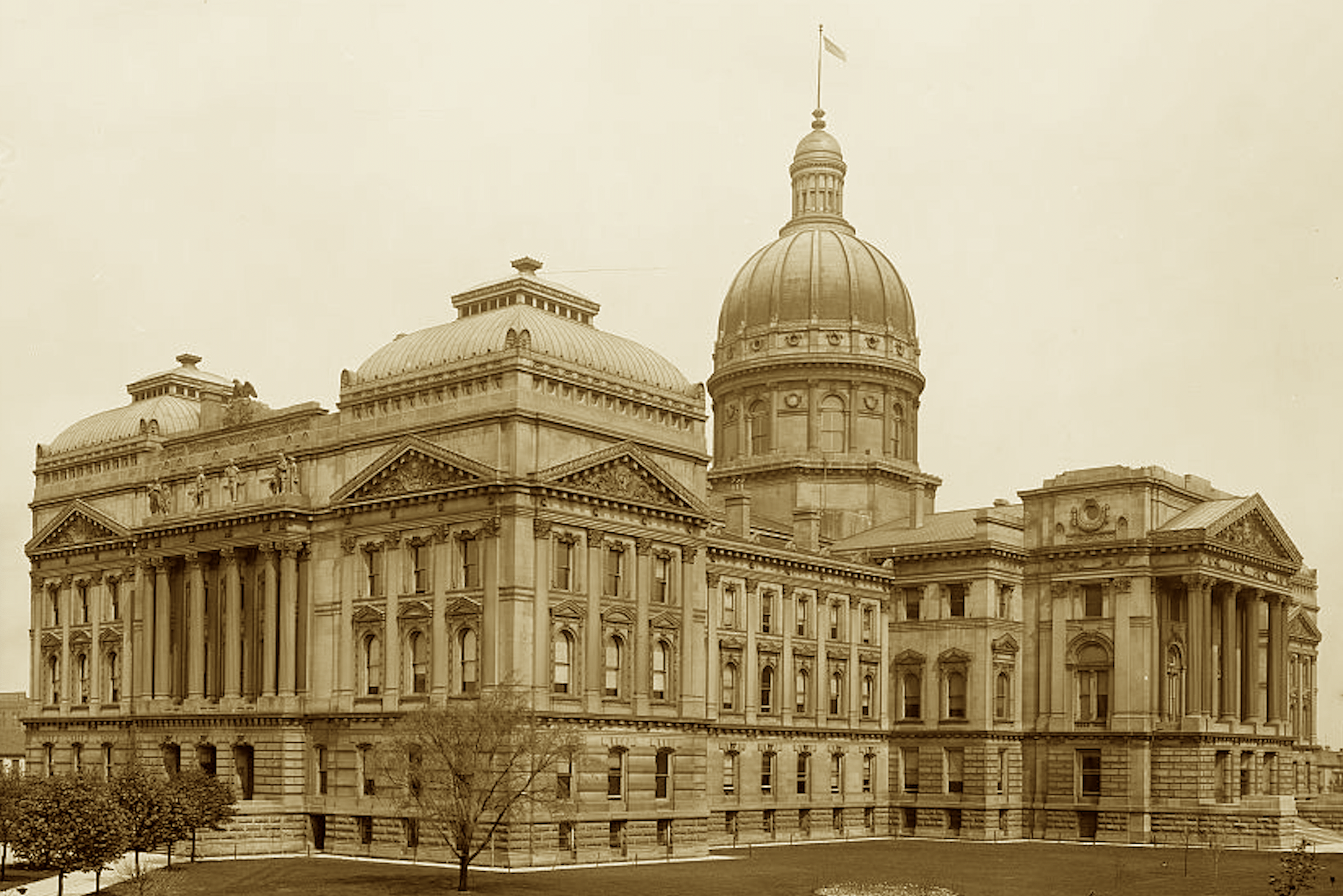
Five capitols stood ‘fore this one took place, With domes and columns full of grace. A limestone cross, both wide and grand, Where May drew plans with Scherrer’s hand. Now statues on the lawn do stand— To mark the heart of Hoosier land.
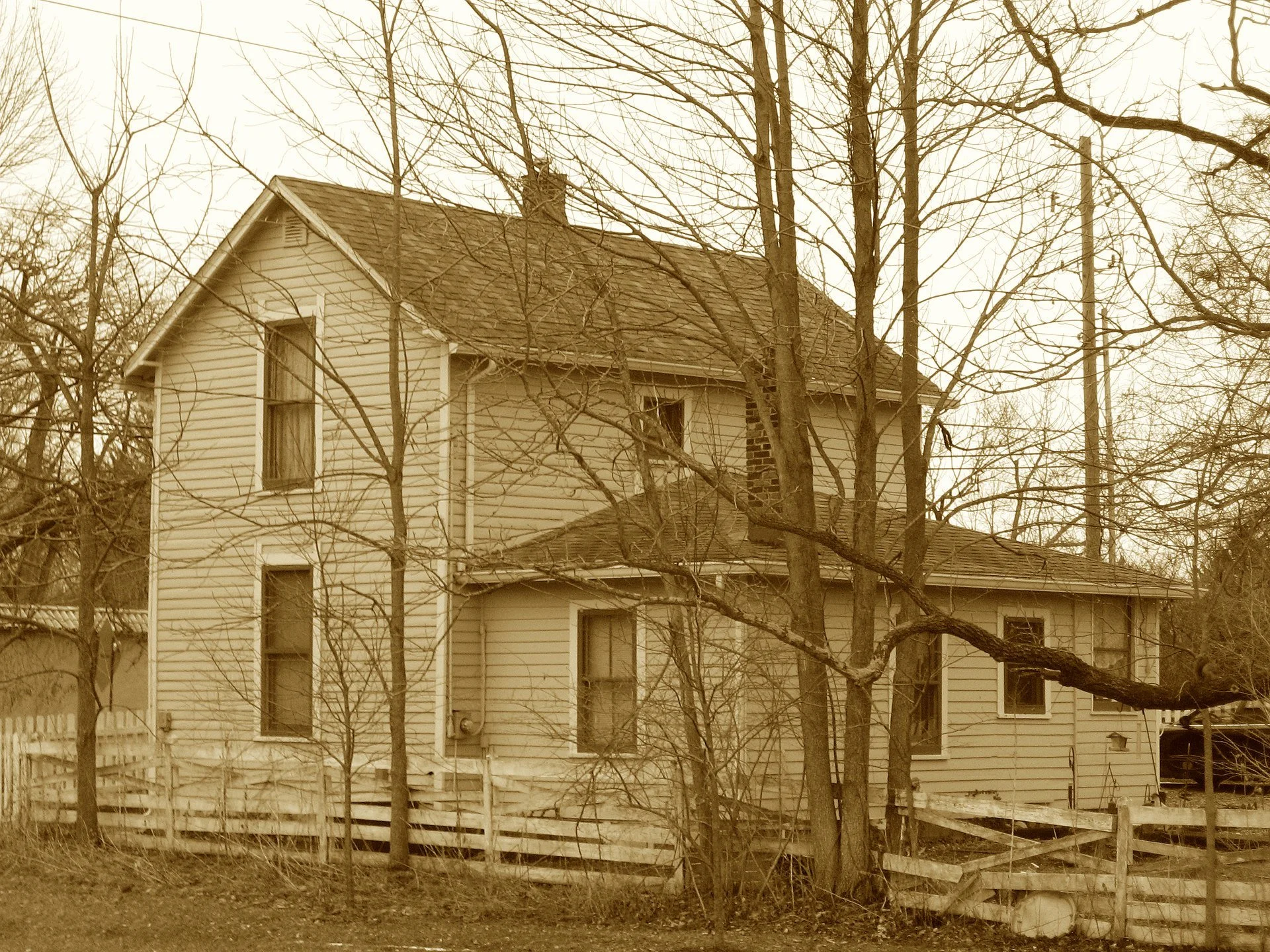
A highway was carved through the Indiana wild, And Potawatomi marched where once they had smiled. To smooth out the bumps, a road firm was born— And this little toll house took fees every morn. Today it still stands by the gravel road bend, Where travelers once paid to descend and ascend.
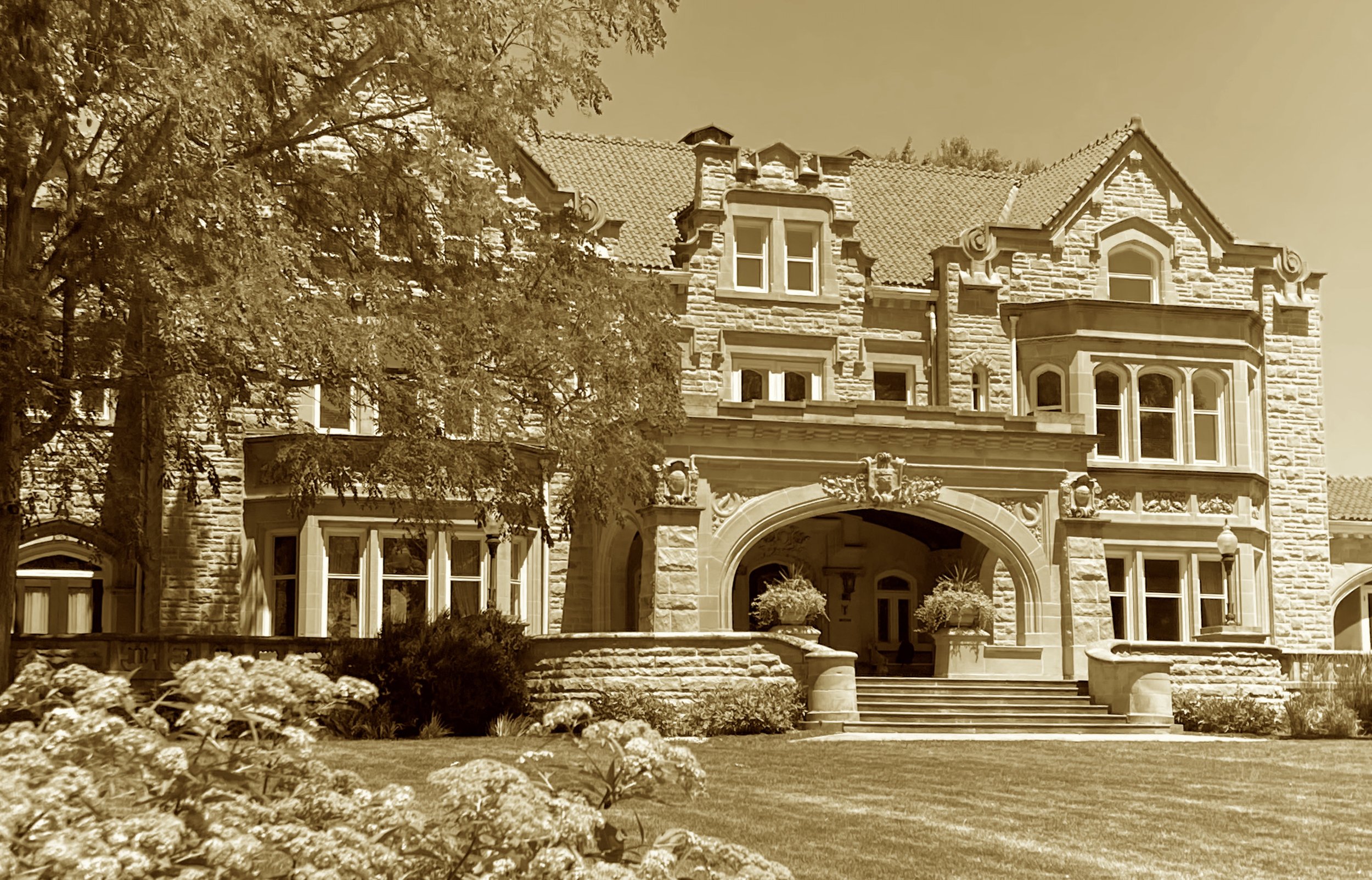
They found not gold but a gas-flaring stream, Enough to ignite a Ball brother’s dream. Glass jars and mansions grew rich by the flame— Though most of that fuel was wasted in vain. Today their old homesteads recall Muncie’s spark, With gardens and galleries gracing the park.
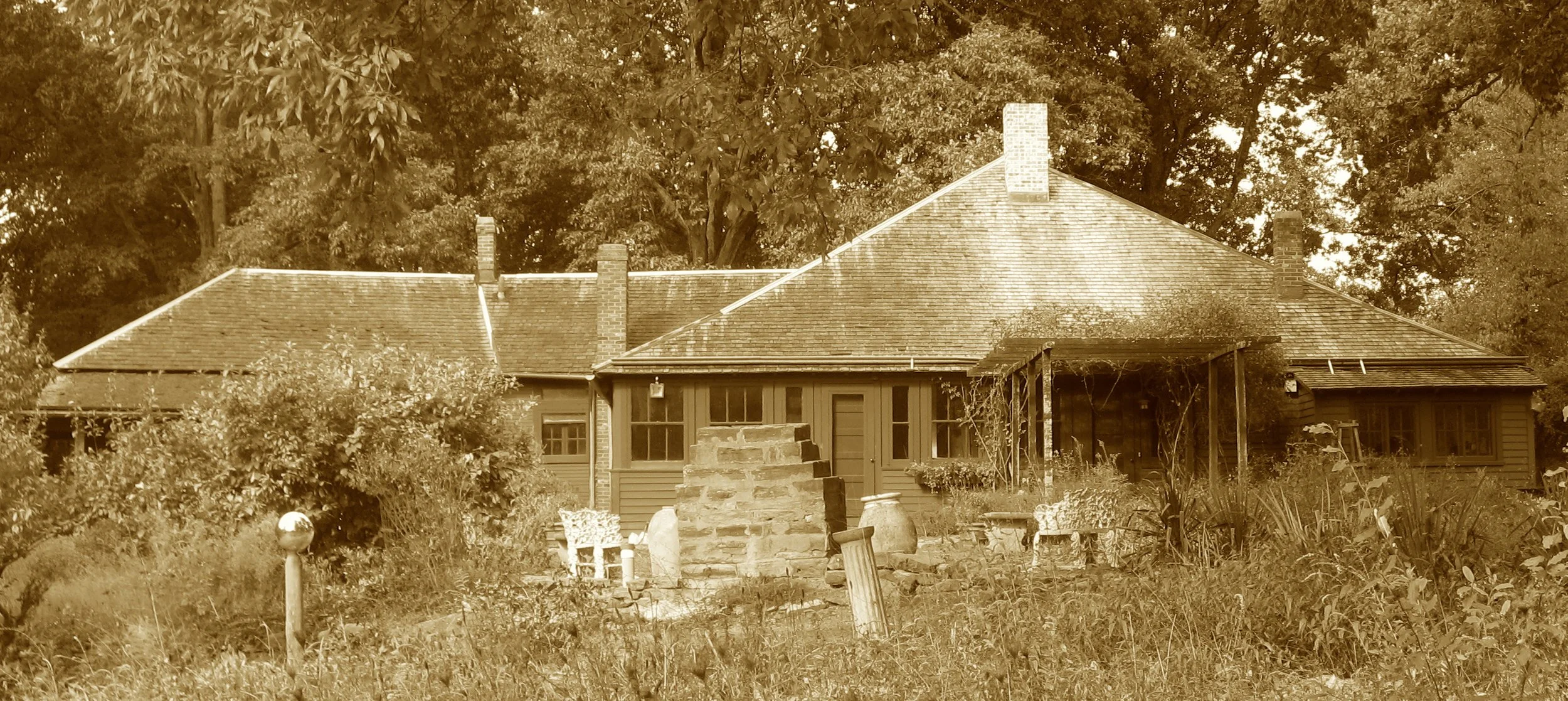
Where hills meet the mist in a Brown County glen, The dean of Hoosier painters picked up his pen. With palettes and brush, he captured the light And founded a colony shaded in white. Today you can wander his studio trail, And glimpse the soft hues of an Indiana tale.